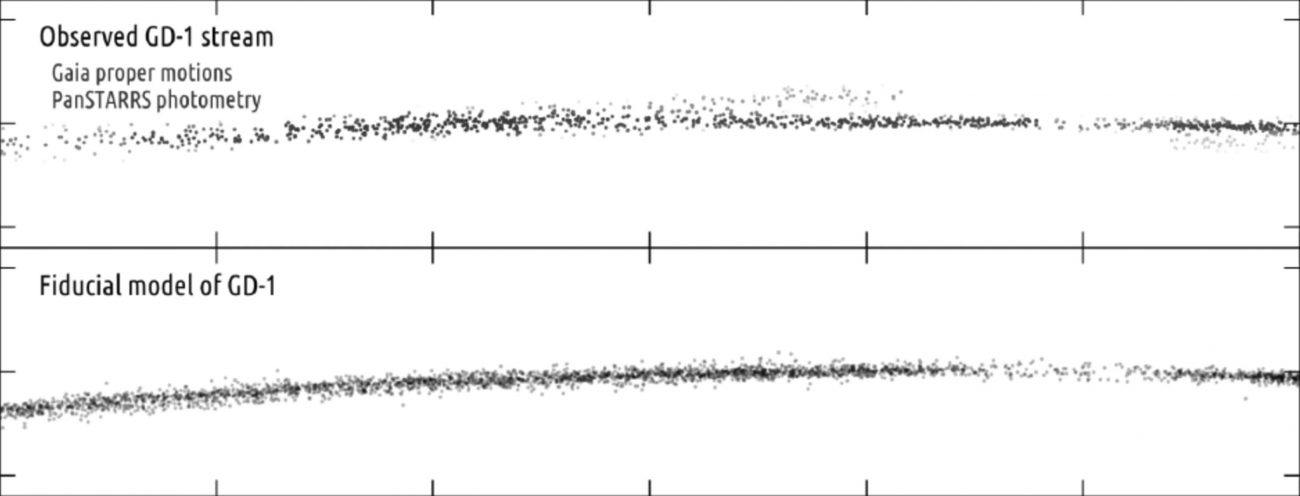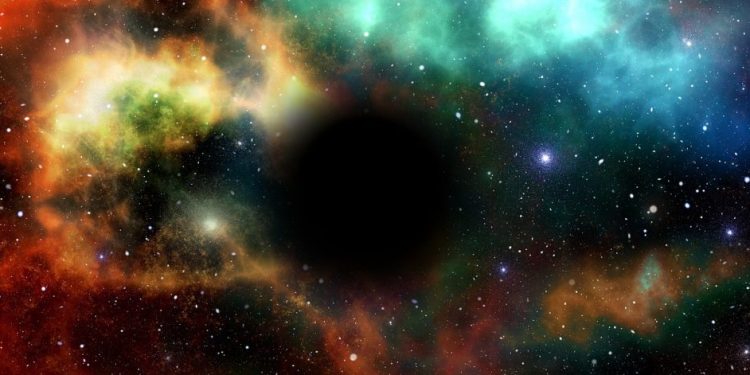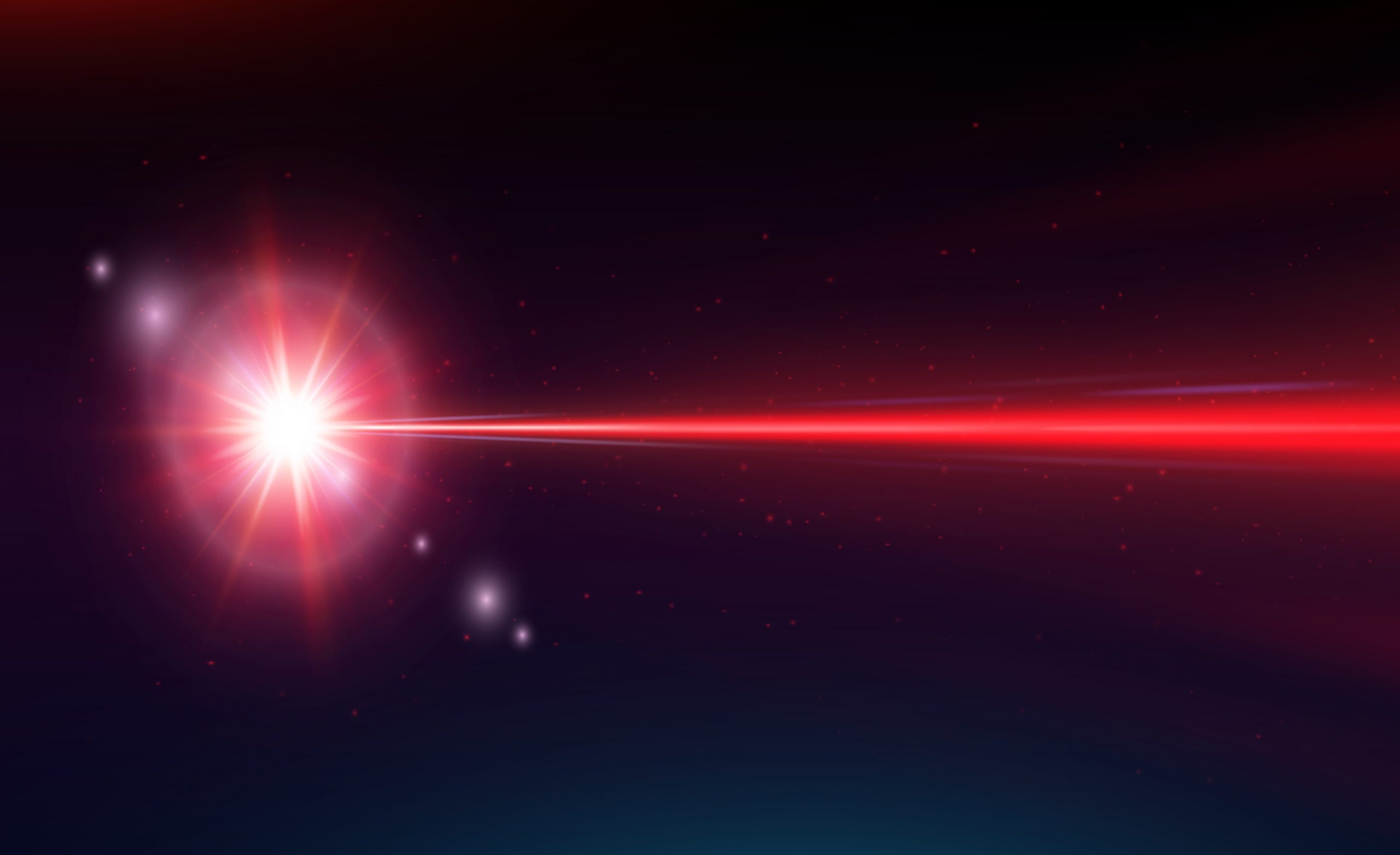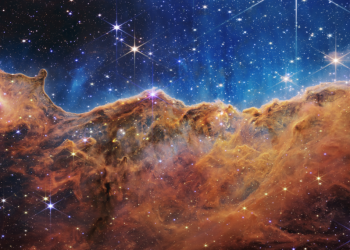There is a “dark object” blasting massive holes in our galaxy. We can not see it, and it may not be made of ordinary matter. It could be something that astronomers have never before identified until now. And although we cannot see the monstrous object, astronomers have just detected its effects, even though we haven’t directly seen what it is.
Astronomer Ana Bonaca, a researcher at the Harvard-Smithsonian Center for Astrophysics, has called the mysterious object “a dense bullet of something.” Bonaca presented evidence of the object’s existence at the American Physical Society conference in Denver.
An invisible Bullet?
Evidence of the object blasting holes in our galaxy was discovered in our galaxy’s longest stellar stream, GD-1.

A stellar stream is an association of stars orbiting a galaxy that was once a globular cluster or dwarf galaxy that has now been torn apart and stretched out along its orbit by tidal forces.
Bonaca explained to Live Science that stellar streams are usually uniform and should be more or less a single line that’s stretched out by the massive gravity from our galaxy.

Now, that stellar stream can have up to one gap, which is where the original globular cluster was before its stars started moving in two directions.
However, what’s strange is that GD-1 has a second gap and an extremely ragged edge.
This region has been nicknamed GD-1’s “spur,” It looks as if something genuinely massive blasted into the stellar stream not long ago.
The impact was so powerful that whatever collided with the stellar stream dragged the stars with its gravity.
In other words, and as Bonaca has put it, the stellar stream seems to have been ‘hit’ by an ‘unseen’ bullet.
What is it really?
What that bullet is, we have no idea.
But it is big. It is powerful. We can’t see it. Did I say it is massive?
“We can’t map [the impactor] to any luminous object that we have observed,” Bonaca explained to Live Science.
“It’s much more massive than a star… Something like a million times the mass of the sun. So there are just no stars of that mass. So we can rule that out. And if it were a black hole, it would be a supermassive black hole of the kind we find at the center of our galaxy.”
What it COULD be
There are a few theories out there about what the mysterious object could be. One idea is that there’s another secondary supermassive black hole in our galaxy, and we should blame it.
Of course, we haven’t found evidence that there’s another black hole in our galaxy, so we can’t be sure.
But in addition to the possibility that a Black Hole impacted GD-1, Bonaca argues that a big clump of dark matter may have crashed into the stellar stream. However, by no means does this signify that the object is made entirely of dark matter, Bonaca explained.
“It could be that it’s a luminous object that went away somewhere, and it’s hiding somewhere in the galaxy,” she added.
We do know that whatever the object is, its size is of epic proportions.
“We know that it’s 10 to 20 parsecs [30 to 65 light-years] across,” Bonaca revealed. “About the size of a globular cluster.”
Join the discussion and participate in awesome giveaways in our mobile Telegram group. Join Curiosmos on Telegram Today. t.me/Curiosmos











